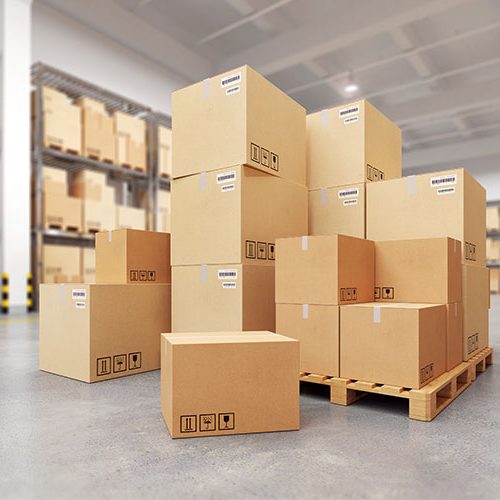Brakes have a significant role in many equipment and machines used today. They are an essential element that makes sure technicians using this equipment are injury-free; suppose they break down.
Large machinery and industrial equipment need certain brakes to function correctly. They are available in different types like low inertia brake and spring brakes. Below we discuss the most common types of industrial brakes.
- Fail-Safe Brakes
Fail-safe brakes stop motion when the variable or PLC has issues. It is also used when the machine experiences a power loss. Fail-safe brakes are most popular in overland and downhill conveyor belts, elevators, oil winches, and mining.
- Spring Applied Brakes
Spring-applied brakes decelerate moving loads and hold loads when you deactivate the release mechanism. These brakes are applied in different machines, like cranes and trollies. Their drum brakes utilize electromagnetic solenoids and their release mechanisms.
These brakes are more useful for crane holding, winch holding, and emergency stops in industrial machines.
- Sibre Brakes
Sibre brakes have drum and disc designs and entail several sources of power. This brake style is mainly used with rotor shopping, holding, emergency stops, and wind turbines.
- Hydraulic Release Breaks
These are spring-applied brakes that use hydraulic power to make braking torque. These brakes are primarily used in stage productions, emergency stops, and holding.
- Drum Brakes
As the name suggests, these electrohydraulic brakes act on a drum. The brake releases through an electrohydraulic turbel with a three-phase. The turbel is put vertically in conventional models, and its torque is adjustable.
These drum brakes have brake joints and stainless shafts with self-lubricating bushes. Other drum brakes have a lining wear indicator, reduced torque, and hand-release lever. They might also feature a hydraulic or pneumatic achieved due to the valve descent.
How to Get the Most of Your Industrial Braking System
You must work to get the most out of your industrial braking system. Ensure the machine is on a level floor, primarily those with side frames with parallel gibways. Remember, uneven gibways prevent the ram from returning to the stroke top.
Hydraulic brakes must have frequent oil cleaning to be more effective. This oil might be contaminated with grit, dust, and dirt, making cleaning important. Also, ensure you change the filter often and check oil levels monthly.
You are warned against overfilling the machine. Strains and damages can still happen; suppose you put too much weight without distributing evenly.
- Industrial Caliper Brakes
The industrial caliper brakes have a stopping force with less overheating risk. This braking system has a caliper that applies force and slows rotation. As a result, the pad causes friction against the machine’s rotating motion. Industrial caliper brakes occur in different types. They also provide customization opportunities that allow smooth stopping in most industrial applications.
Hydraulic systems can handle more significant torque ranges and are considered valid safety brakes for most industrial applications.
Final Thoughts
Industrial brakes are essential since they help technicians handle tasks with ease. They are available in different types, and all are beneficial to companies. The above article has discussed the types of industrial braking, and you can check more online.





